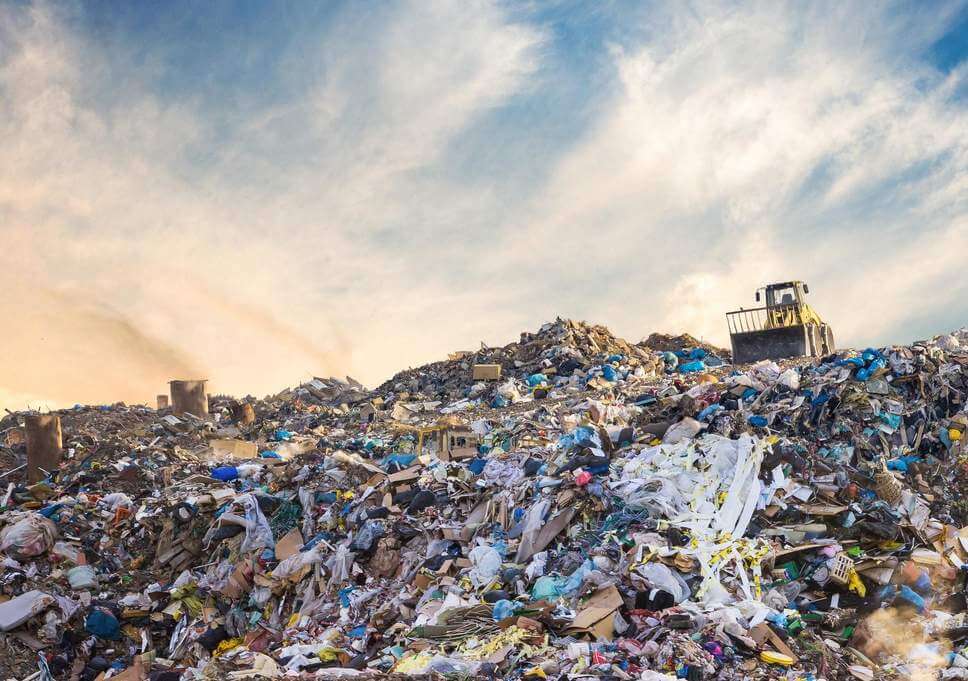Putting trash in a landfill is one way to get rid of it. A landfill is a place where you can throw away used plastic, paper, glass, aluminium, and rubber. Putting trash in a landfill is one of the most common ways to get rid of it. Every day, trash is put into a hole that is lined with plastic and topped with soil. Landfills should be used for trash that can’t be recycled, like paper, plastic, glass, and packaging that can’t be used again. Landfill is less expensive. But it’s a way to get rid of trash for a long time.
Different kinds of landfills
There are three main types of landfills: ones for municipal solid waste, ones for industrial waste, and ones for hazardous waste.
MSWLFs were made to get rid of trash from homes and other types of trash that are not dangerous. MSWLFs include bioreactor landfills, which are a type of MSWLF. These landfills change and break down organic waste quickly.
Industrial Waste Landfills take in trash from businesses and institutions. Even in smaller cities or suburbs, there is a lot of commercial and institutional waste that needs to be thrown away. There are different kinds of industrial waste landfills, such as:
- Construction and Demolition (C&D) Debris Landfills are places where materials from building and tearing down things can be put. These include things like trash from buildings, remodelling, and tearing down buildings, roads, bridges, etc.
- Coal Combustion Residue (CCR) landfills are used to manage and get rid of the waste left over from burning coal.
- Hazardous Waste Landfills are especially good at getting rid of dangerous waste. These landfills are the exact opposite of MSWLFs. Instead of collecting solid waste, they focus on materials that could be harmful or destructive. Polychlorinated biphenyl (PCB) landfills are similar to hazardous waste landfills, but they only work with PCB and materials that are similar to it.

Landfills in North Carolina
Brunswick County Landfill
I can find the Brunswick County Landfill in Bolivia, North Carolina at 172 Landfill Road NE, SR 1401/Highway 17. They take trash such as yard garbage, non-flammable asbestos, construction and demolition debris, asphalt, concrete, shingles, and roofing materials.
Beaufort County Landfill
We may find the Beaufort County Landfill near State Road 1342 and Hawkins Beach Road in Washington, North Carolina, 27889 They accept trash such as tires and construction and demolition materials (Auto).
Craven County Landfill
In order to dispose of solid waste, the Craven County Landfill in New Bern, North Carolina bury rubbish and garbage under layers of soil or other cover materials. In New Bern, landfills, dumping sites, and trash dumps are subject to both U.S. Environmental Protection Agency and by the state environmental agencies of North Carolina. Additionally, North Carolina is in charge of licensing garbage disposal plants. The Craven County Landfill’s layout, operations, and permitted waste sources are all governed by permitting regulations.
The Most Typical Landfill Issues
Toxins
Many of the things that end up in landfills have toxins in them that get into the groundwater and soil when they are dumped. Pollutants like these can harm the environment for a long time and are very dangerous. Think about things like computers, batteries, and TVs that people throw away and end up in landfills. Some of these things, like arsenic, acids, lead, and others, could end up in the environment and put people’s health at risk.
Leachate
When landfill waste decomposes and toxins are picked up by water as it filters through the waste, they create a liquid called leachate. The main source of leachate is rain that falls on the top of the landfill. It can also create leachate in other situations when groundwater seeps into the waste. Chemical reactions occur as liquid seeps through the landfill and gathers decomposed waste materials, creating a poisonous leachate “cocktail.”
How modern landfill is becoming more environmentally friendly
As you can see, the disease-filled dumps of the past are nothing like the ones we have now. In addition to the measures we’ve discussed, experts in the field are investigating further approaches to improving landfills’ safety, cleanliness, and environmental impact. Keep reading to learn about some of the ways in which landfills are improving their ecological footprint.
Drop-Off Sites
If trash is separated into different containers before it reaches a landfill, its environmental impact can be minimised. If you know how to dispose of hazardous goods, you can reduce the risk of injury to yourself and others when you toss them away.
Even organic waste can be useful if it is separated in the right way. Like food and greens, this kind of trash gives off a lot of gases and smells in the air. Landfills can do their part by designating a specific section for “green waste.” Home composting is recommended as a helpful action by the EPA as well.
From Garbage to Fuel
- Some landfills, as we’ve mentioned, generate electricity from the gas they produce. In doing so, we are able to reduce our consumption of oil and other fossil fuels. Here are three of the most typical transformations and applications of energy drawn from landfill gas.
- Power stations produce at or close to they produced the dump electricity at or close using gas as fuel.
- In place of or in addition to fossil fuels, gas is transported to a factory or enterprise.
- Gas is filtered to the same quality as natural gas before being delivered to appliances that typically use natural gas, like kitchen burners.
✓ Servicing Raleigh, North Carolina
✓ Get a quote now, call (888) 429-1066
✓ Customer friendly service
✓ Fast delivery and pickup
✓ Satisfaction guaranteed
